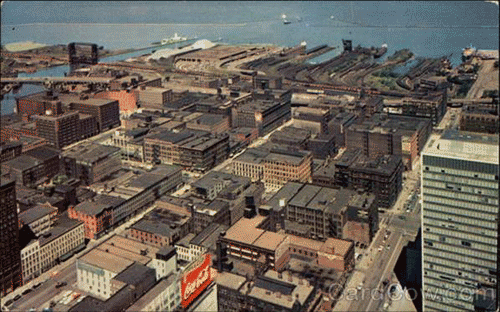Mark Hurst, on the implications of Google’s new augmented reality glasses:
Remember when people were kind of creeped out by that car Google drove around to take pictures of your house? Most people got over it, because they got a nice StreetView feature in Google Maps as a result.
Google Glass is like one camera car for each of the thousands, possibly millions, of people who will wear the device – every single day, everywhere they go – on sidewalks, into restaurants, up elevators, around your office, into your home. From now on, starting today, anywhere you go within range of a Google Glass device, everything you do could be recorded and uploaded to Google’s cloud, and stored there for the rest of your life. You won’t know if you’re being recorded or not; and even if you do, you’ll have no way to stop it.
And that, my friends, is the experience that Google Glass creates. That is the experience we should be thinking about. The most important Google Glass experience is not the user experience – it’s the experience of everyone else. The experience of being a citizen, in public, is about to change.
There is enough in there to scare most people - particularly those concerned with privacy. The idea of that much data in the hands of one entity is not pleasant - particularly an organization with as much cataloging, cross-referencing, and indexing chops as Google. However, I didn’t link this because of a concern for privacy or for worries about how much Google knows about all of us. What concerns me is the way such data collection changes the way we view the public realm.
This is a two-fold concern. First, as an always on piece of technology, it changes the dynamic of individual interactions. At least with smartphones, one must commit the social faux pas of digging the phone out of the pocket to take a glance. With a piece of technology that is always in front of your eye, there is no indication of whether that person is distracted or paying attention.
The second part of my concern is that the fact that such data collection is occurring will severely impact the vitality of the public realm. If you don’t want to be recorded, what is your option? Don’t go out. We are already a somewhat isolated society. We don’t need more reason to not go out and engage with our fellow humanity.
 March 8, 2013 |
March 8, 2013 |  ∞
∞ 

